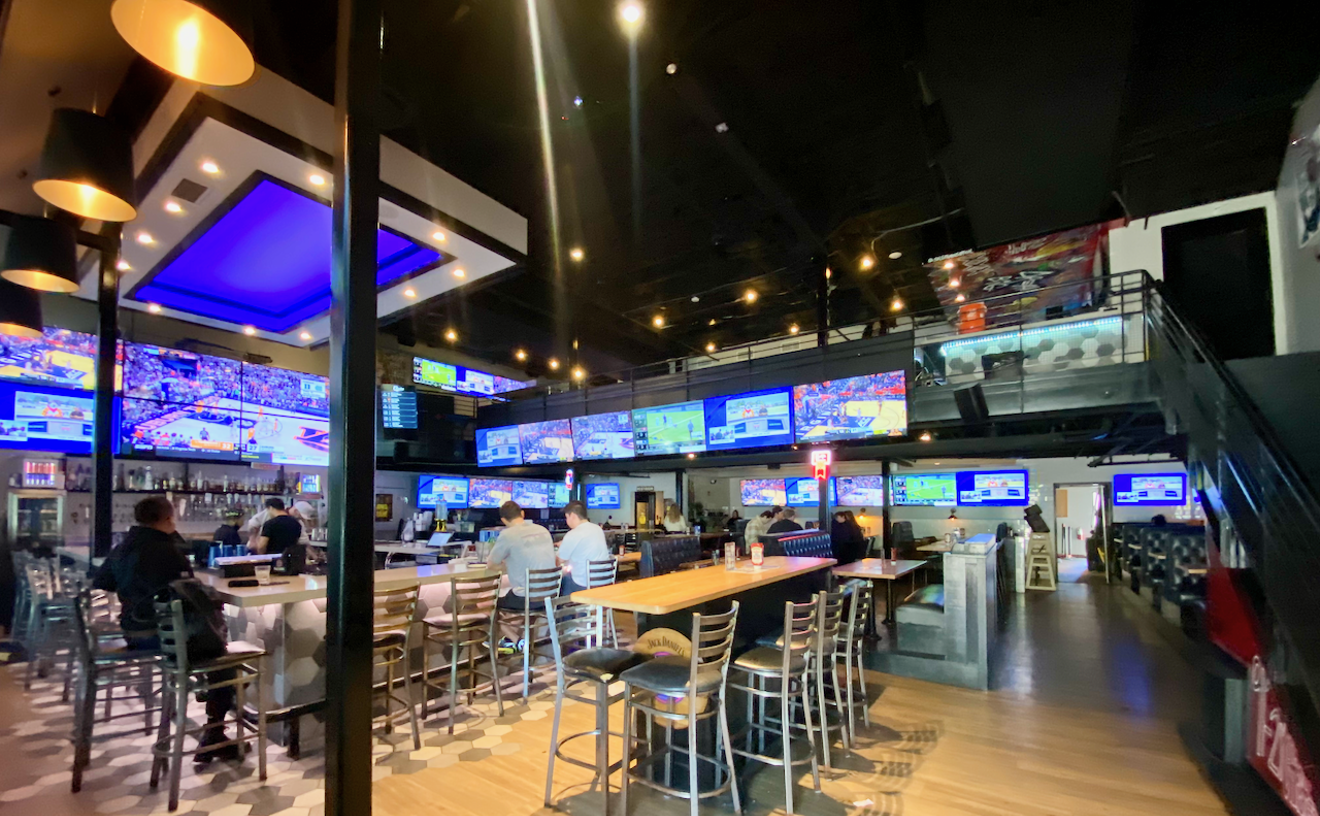Labor Day used to be a really big deal.
Back when a minimum wage was considered radical and child labor was the norm, workers turned out in fearsome numbers to march for their rights. More than 10 thousand workers joined the first-ever Labor Day parade in New York in 1882, many of them wearing costumes to match their professions.
But with Labor Day organizers focused on parade logistics and preparing for the revolution, nobody bothered to define Labor Day food. Celebrants typically ate whatever they could stick in an outdoor fire pit. Then, as now, Labor Day usually meant sausages and beer.
Yet if the holiday doesn't have an iconic dish of its own, there are plenty of other great American foods with strong ties to labor. After the jump, City of Ate presents five dishes pioneered and popularized by the nation's workers:
Pasties In addition to serving as a naughty punch line on souvenir T-shirts and bumper stickers, pasties are the quintessential Upper Peninsula snack. Imported to Michigan in the 1800s by wise Cornish miners, the flaky Anglicized empanada quickly became the favored lunch in the region's copper and iron mines. The pasty was portable, hearty and could easily be reheated over a head-lamp. While pasties are traditionally filled with beef, onions, potatoes, rutabagas and turnips, bakeries across the U.P. today sell pizza, pastrami and gyro varieties.
Pizza Pizza predates the U.S. and its workers, but its entry into the mainstream American diet was probably facilitated by hungry urban laborers on the hunt for a cheap, quick lunch. Gennaro Lombardi, the nation's first licensed pizza maker, in 1905 began selling pieces of pizza in SoHo for a few cents: The thin-crusted, Neapolitan pies, wrapped in brown paper and tied with a string, became a daily habit for craftsmen and sales clerks who worked in the neighborhood.
Pittsburgh rare The story's most assuredly fakelore, but the myth that clings to Pittsburgh rare like blue cheese dressing to an iceberg wedge claims the cooking method's rooted in the history of welding. As they tell it at Pappas Bros. Steakhouse, welders in the Steel City cooked their steaks by blowtorch, resulting in the classic black-and-blue preparation. The storytellers don't explain why common laborers were eating steak for lunch. Still, a fat rib-eye steak stands for the meal most American workers would order to celebrate getting a raise.
Canned goods Tin cans were first patented in the early 1800s, but it took almost 50 years for another inventor to devise a can opener. After decades of using rocks and hammers to smash open their cans of peaches and sardines, eaters in the 1860s took quickly to Ezra Warner's innovation. Can openers were especially popular with Civil War soldiers, who helped canned goods secure a spot in the nation's lunch pails.
Pepperoni rolls Considered the state food of West Virginia, pepperoni rolls were created by baker Joseph Argiro in the 1920s. Argiro, a former miner, appreciated coal miners' need for a sturdy, long-lasting, nutritious snack, and so began baking spicy pepperoni slices into sweet, doughy rolls that dripped orangey pepperoni grease. Pepperoni rolls are still sold at convenience stores across West Virginia -- and in very few other states.










